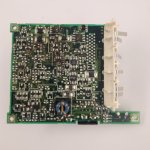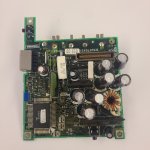Thing is that professional fault finding takes a good amount of time to learn, and it requires a lot of expensive equipment in many cases. At the end of the day, recapping has a fair chance of fixing a lot of hardware as while it isn't the issue every time, it probably is the most common issue. It takes a lot less time and money to understand what a capacitor is, how to pick a proper replacement, and how to solder it in.
In certain cases, cap replacement would be pointless. It really depends on how whatever brand caps a piece of hardware have had age over time. In the case of these Toshibas, the list of models that need recapping above really always do, as they have ELNA Long Life caps inside, and that series from that time will all fail and leak, far worse than a SMD cap will because they're larger. There are other similar cases, like the Nichicon caps used on the Macintosh Classic and Classic II's analog boards, which also leak nearly 100% of the time and can't be trusted. Some brands have held up well though, like the light blue caps (not sure what brand) inside my Nan Tan FMA8100 laptop, which are all still fine. They're just as old, but I'm not worried about replacing them.
Point being, if you've got a dead piece of hardware and you don't have the advanced skills to fully debug the circuit, a recap can't hurt as long as you know the right type of caps to replace the originals with. I greatly respect those who can go look at a schematic, debug exactly what the circuit is doing with an oscilloscope, and then find that X chip or Y transistor has failed and replace it. We're not all that good though.


